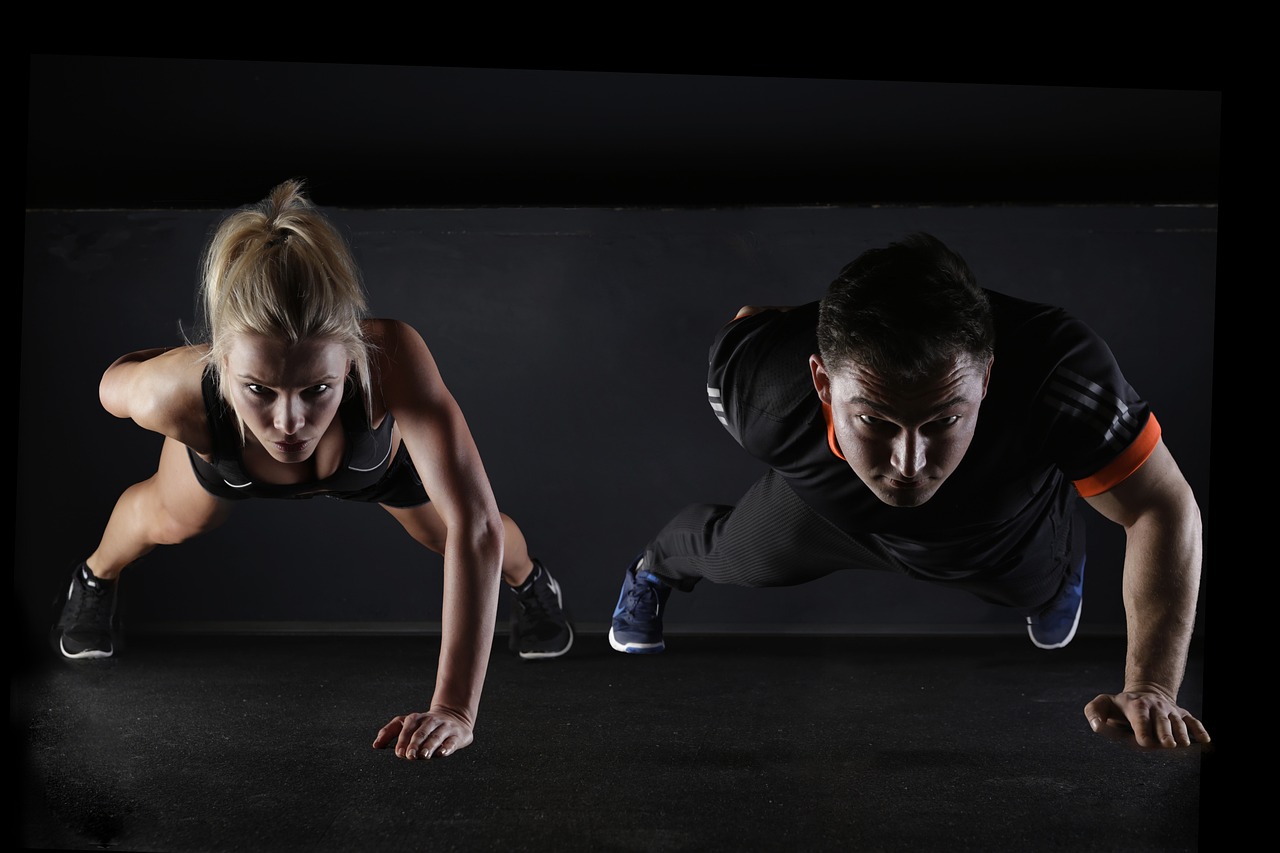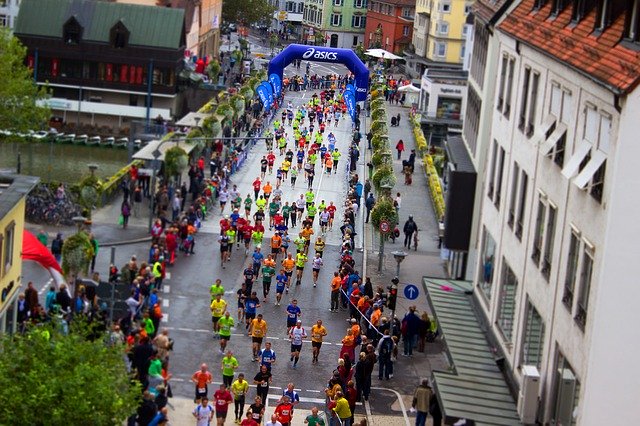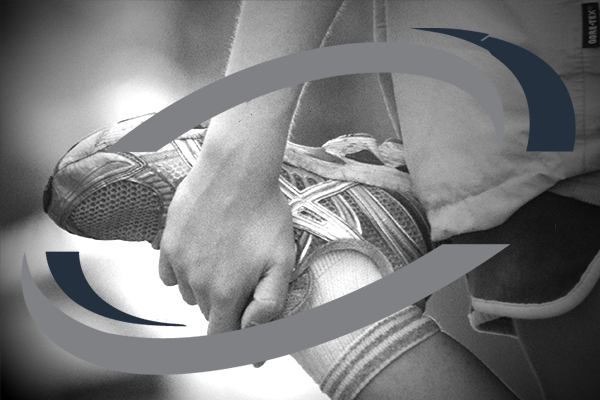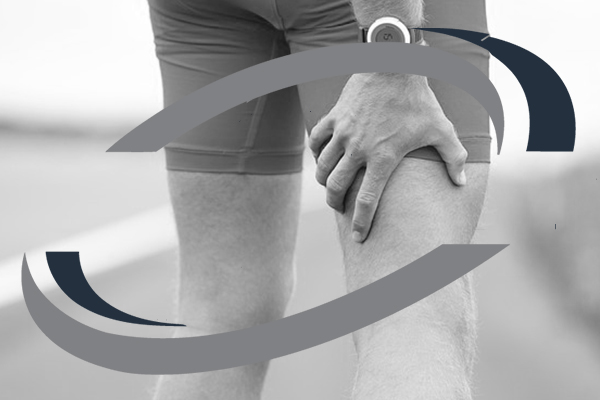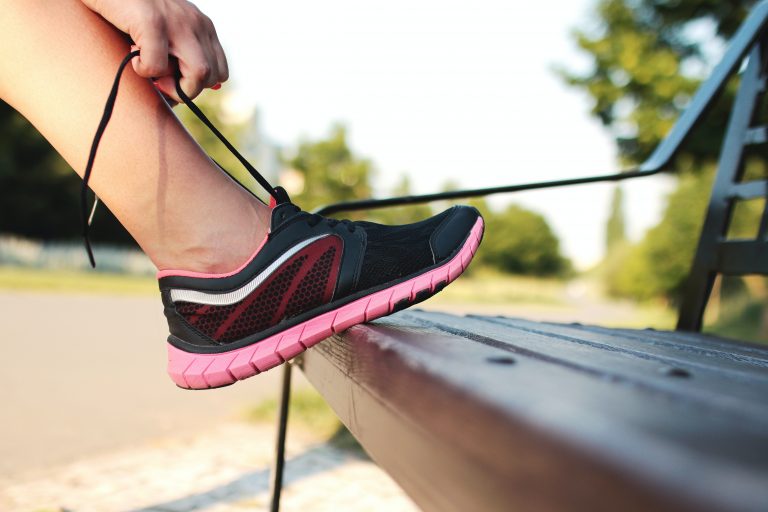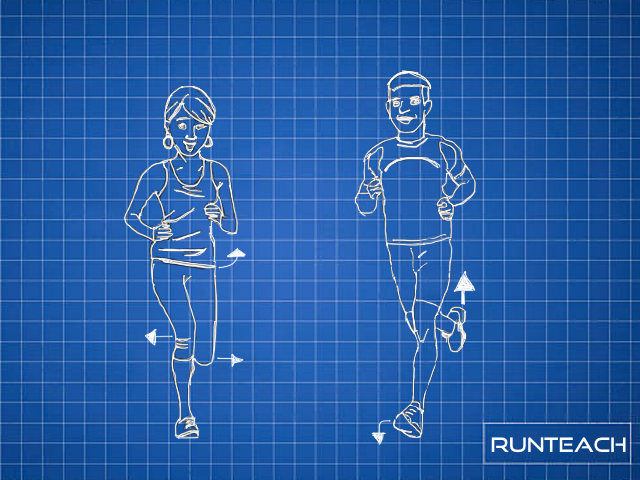Are you just wasting your time at the gym? Are you getting anxious about the cost of your gym membership and the fact that you don’t use it very much? Do you just hate the thought of going to the gym at all? This article may just save you a bunch of money and a heap of time.
But maybe you’re the complete opposite and you love going to the gym but have found that no matter how much strength work you do, you still get those niggles and quite simply, you’re not getting any faster.
As a runner, if you do a quick search on the Internet for reducing your injury risk and/or improving your performance, you’ll discover very quickly that “getting stronger” is the top tip from almost anyone. And I’ve got to agree with all of them: getting stronger is one of the outputs we need to develop to keep us running for longer and working towards our running goals.
But that’s where the similarity ends.
Strength Is An Output
You see, strength is an output from your system. It’s the result of a whole bunch of stuff coming together and allowing your muscle fibres to contract to whatever level is needed to achieve the task. That task might be lifting a kettlebell or handling the forces of running. In all cases though, one huge element in strength is stabilising a joint as you lift, move and run. In fact, I would even argue that in our day to day lives outside of an experimental lab, joint stabilisation is one of the main things our expression of strength is doing.
Almost every expert that gives advice on getting stronger
starts at the wrong end of the process!
They all start with trying to activate the muscles themselves. You’re given squats, lunges, deadlifts, landmine lifts, single leg exercises and much more. This can work for some people, but if the rest of your system won’t allow your muscles to activate and contract well, at best doing these exercises will just take a very long time to get any results. More often than not though, they simply won’t help you get any closer to your running goals at all.
You Are Already Superhuman!
You already have so much strength within your muscles already. Your strength, or “expression of strength” as I prefer to call it, is controlled by your brain. It’s not just to do with muscle size. You have neural inhibitors that actually block and reduce the amount of strength you can use. This is primarily a protection mechanism so you don’t injure yourself if the rest of your body and system can’t handle the forces you are generating.
A good example of this is when you have a limited quality of movement around a joint. If you can’t move well and control a joint, your brain will not allow you to exert or try to handle large forces across that joint. In other words, your ability to generate strength around that joint will be limited. This can have a cascading effect throughout the whole kinetic chain – all the other joints in your body, even if they are nowhere near the weaker joint.
Traditional strength training can work, but it usually takes a long time and a lot of patience because you are forcing the development of a skill (how to stabilise a joint) by working at the sharp end and hoping that your system will respond without you getting injured. To me, this is inefficient and completely backwards.
There Is A Better Way
The RunTeach system uses the following process to help you develop the strength and resilience you need as a runner:
Skill -> Endurance -> Strength
Strength is the final output of the process and often doesn’t even need to be trained directly, depending on your running goals and current ability level.
By first developing the skill of joint stabilisation through working directly with your brain and nervous system, you can unlock the neural inhibitors and unlock your strength. This often happens very quickly: we’re talking minutes or hours of training as opposed to months and years of training! Longer term results will take longer, but it’s all relative to your goals and how much strength you need to be a resilient runner.
Having developed the appropriate level of skill you need, adding endurance to that skill will enable you to run longer and faster without increasing your injury risk – essentially, you’ll be able to keep being strong for longer distances, more sessions, and at higher speeds. Once you’ve got that strength, keeping it tends to have a very low requirement in terms of exercise and time. In fact, running just by itself can be the main maintenance factor.
If you want to find out more about this really quite jaw dropping approach to getting stronger, I would recommend attending one of our Resilient Runner Workshops. You’ll not only learn more, but will be able to actually apply it to your running right away.

